Sydney’s cruise growth has ‘ground to a halt’ with new figures likely to show no expansion, thanks to the failure of the State Government to create a second berth for larger ships.
Adam Goldstein, one of the highest-ranking leaders of the global cruise industry and the man in charge of Royal Caribbean and Cruise Lines International Association, could easily have said ‘I told you so’.
He has been coming to Sydney for more than a decade warning of the consequences of failing to increase the city’s capacity – the Overseas Passenger Terminal has just one berth before the harbour bridge.
“There have been a lot of prime ministers, a lot premiers and a lot of tourism and ports ministers. I haven’t been shy about expressing my frustration over the past 12 years and I continue to be frustrated,” Mr Goldstein told Cruise Passenger after a speech at the cruise industry’s annual conference, Cruise360.
 He lauded Australia as the “champions of cruise” for its world-leading market penetration. But Sydney’s stagnation puts a cap on that.
He lauded Australia as the “champions of cruise” for its world-leading market penetration. But Sydney’s stagnation puts a cap on that.
“At the beginning, when I hypothesised that there would be a limitation on the growth, it struck many authorities as quite hypothetical. Now the growth has ground to a halt. It’s not hypothetical any more. It’s factual.
“And when we point to Brisbane which is building a terminal, and we’re starting programmes there, and in Melbourne where we haven’t been before and we’re trying to increase our home porting in Auckland, you don’t have to be a rocket scientist to know that Sydney is losing out on business.
“In the end the flag ship city of the country and the region in one of the world’s great capabilities has one berth on the ocean side of the bridge. I may be an American, but it doesn’t seem right to me.”
But Mr Goldstein hadn’t come all this way to deliver his annual message of despair over Sydney Harbour’s paralysis – Cruise Passenger’s attempts to get a statement from Minister Andrew Constance was met with stony silence by his media team, so not much has changed there.
Anyway, the boss of Royal Caribbean was actually a little bit optimistic. “Having had yet another battery of meetings in and around the country, I am more hopeful than in the past,” he said.
Mr Goldstein was in Sydney to continue his campaign to wake up tourist operators to the important change sweeping the industry – the need to address climate change and over-tourism.
Despite its fledgling size in terms of the overall tourism industry – just two per cent – the visibility of cruise ships made them an obvious target for campaigners concerned about over-tourism.
As a result, telling the cruise story and creating partnerships with destinations was crucial.
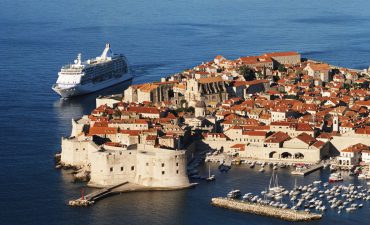 Dubrovnik was a prime example of why it was essential to get the message out.
Dubrovnik was a prime example of why it was essential to get the message out.
“We read in the newspaper there were going to be limitations on ships and guests. And we invited the mayor to be our guest in Hamburg. We said: tell us about your world, we should be talking.
“He said one of our problems was that all ships came to this city on Thursday, Friday and Saturday. ‘Couldn’t you spread it out?’ We said Yes, we could do that. And he said: ‘Every ship wants to be there at 9am. Couldn’t you stagger that?”And we said: ‘yes, we could do that.’
“And that was the start of the first official relationship.”
In fact, it was the first official memorandum of understanding between the cruise industry and any destination. Mr Goldstein believes there needs to be many more, including places like New Zealand, where there are concerns about cruise ship numbers.
“The trend in that direction is undeniable. We as an industry over 5-7 years, have made a significant change in the way we involve ourselves in destinations. The cruise companies are very capable companies with lots of skill sets, and we now see we need to be involved in destinations sometimes with investment sometimes with skills.”
He said it was “the mindset to engage with the local destination as opposed to the mindset of just dropping off the guest.”
Europe – and places like Venice and Barcelona – would have challenges even if cruise ships didn’t come.
“But we do exist. We are taking people to a number of sensitive coastal destinations. The ships are super-visible in the harbour and there is a tendency to identify any issue with the ship.”
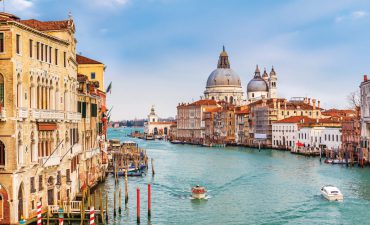 Take Venice – a city with between 25 to 30 million visitors a year, says Mr Goldstein. Yet only 1.5 million are cruise guests.
Take Venice – a city with between 25 to 30 million visitors a year, says Mr Goldstein. Yet only 1.5 million are cruise guests.
“We have to try to articulate the reality to the best of our abilities. We believe the interaction with these communities is overwhelmingly favourable.
“But Game of Thrones comes on TV and everyone wants to go to the old city of Dubrovnik. That’s not a cruise issue. We can’t solve the issue but we can help.”
Mr Goldstein does believe that the era of growing bigger and bigger ships may be slowing.
“I see if we take Oasis of the Seas when we ordered her, she was going to be the biggest of her time in 2009. She is still in 2019. I get asked do I think ships are going to get bigger? “We’ve just had 10 years where the biggest one didn’t get bigger, but the average cruise ship has got bigger.
“When we ordered Oasis with 5,400, the biggest was Freedom of the Seas at 3,400. There were no ships in between. Now there are many ships in between.”

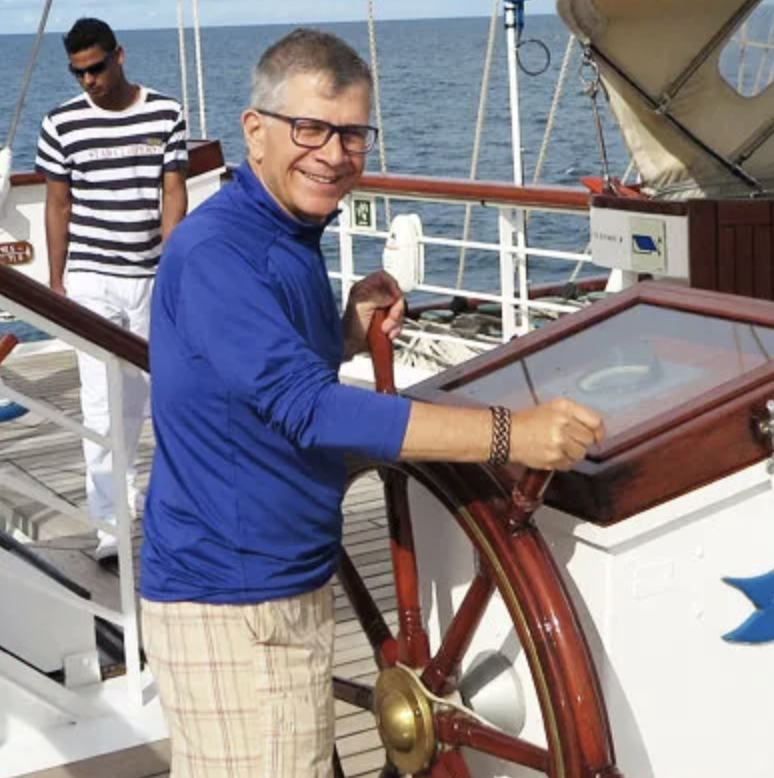
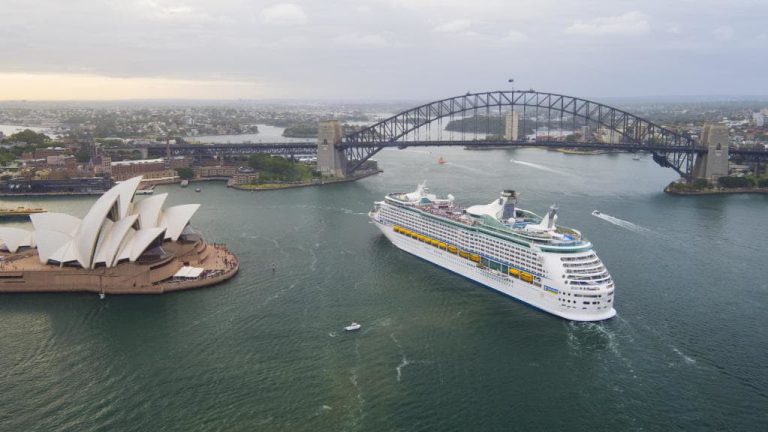
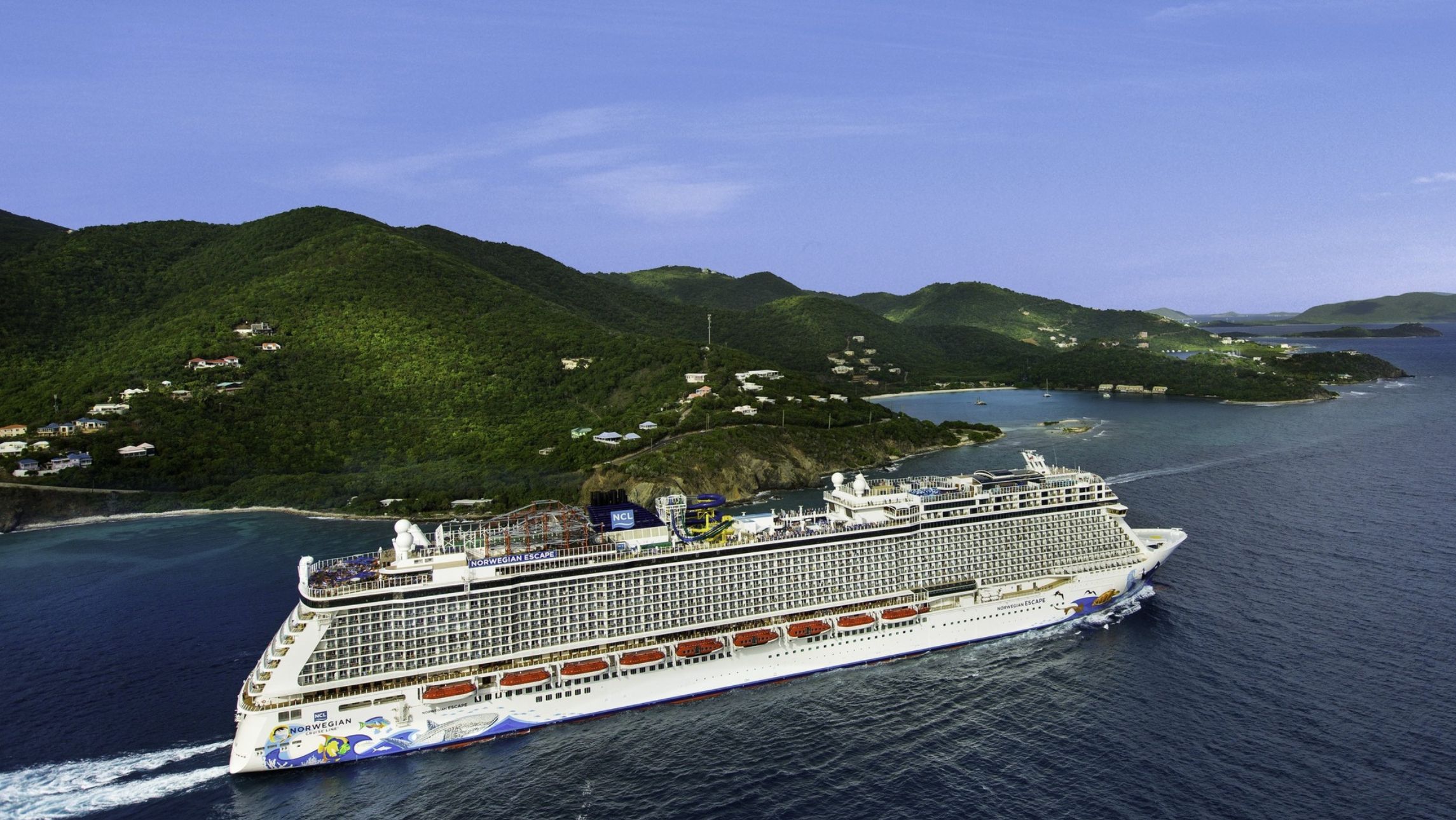






We took a cruise which ended in Sydney.Staff on the wharfe directed us up the travelater .My husband with walking stick and suitcase in hand cramed onto the travelater and at the top my husband went over tthe suitcase which had jammed in front of him causing people and cases going over thetop of him.Lots of skin off etc. Ended up with an ulcer on leg taking 5 months of treat.ment to sort.The annoying part is we found out there was a lift we should have been directed to. Bad organising
yes Mr Goldstein we have more to offer than any of the other cruise terminals in Australia, And our terminal is fitted out to comfort the in coming passenger.
Our weather is better MORE SUNSHINE.And more parking. Try thinking
bRING YOUR BIGGEST SHIP HERE AND WE CAN TURN IT AROUND ON A SIXPENCE IN OUR HARBOR Try doing a survey on past passengers on whether they prefer ships carrying less than 2000 or more than 2000 passengers.the reason there is a decline in the industry in the eastern states , because all the shipping companies think there is more dollars available in the eastern states.Resulting in to much competition
Mr Goldstein you may be the big guy in owning cruise companies but you are so far out of date. I also have been to all of the cruise terminals in Australia and have been on more than 40 cruises from all the ports.
here are just a few items worth considering.
1 Parking for visitors cars taking passengers to the terminals
Sydney no parking. Brisbane no parking,Melbourne no parking.Adelaide no parking
2 seating in the terminals plastic chairs, vinyl floors,shopping gifts and clothes who needs gifts and clothes going on a cruise.
3 the immediate closeness of entry into the terminal after dropping off luggage
My husband and I love cruising and plan to go again when we can. However, it’s such a hassle to go anywhere from Tasmania and it would be wonderful if we could board and disembark in Hobart. We seem to have all the facilities to do so. Please send all your ships down here to collect us!!!!
Having the top penetration of cruisers in the world is hardly the evidence of “I told you so.” Just the opposite. We’ve achieved that DESPITE his claims of that limit.
What’s the US’, the UK’s, Germany’s reason for less cruising penetration than us?
Goes to show some will bang the drum to suit their business cause, even when the facts show the opposite.